Knife Maintenance Month: Disassembly and Reassembly
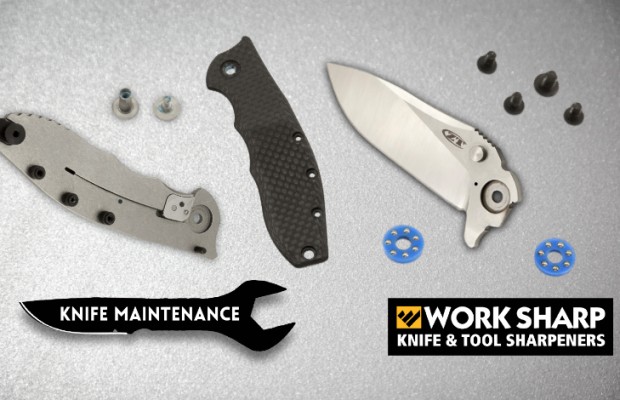
Brought to you by Work Sharp Knife & Tool Sharpeners
Properly maintaining your tools is crucial to their longevity and performance. Sometimes, that means you’ll need to take them apart. Whether it’s due to rust blooming under the liners or sand in the bearing pivot, this week’s installment in the Knife Maintenance Month series will help guide you through disassembling (and reassembling) your folding knives.
Shopping list of suggested supplies:
▢ High quality torx driver set
▢ A plastic bin (to catch parts)
▢ Non-permanent Threadlocker
▢ Smartphone (camera) and notepad
▢ Hairdryer or heat gun
An important reminder: Some manufacturers will void your warranty if you take your knife apart. This is something to consider if the idea of paying modest repair charges in the future is too hard to bear.
Most modern folding knives are held together with threaded fasteners that accept generic bits: Phillips, flat head, and torx, a six-lobed screw head designed to withstand more torque. You can find torx drivers at any good hardware store – we suggest investing in a quality set from a reputable brand. Tiny torx screws are easy to strip with a cheaply-made, misshapen driver. T6, T8, T9 and T10 are the most commonly used sizes. Be sure to always use the largest bit that fits in the screw head or you’re almost guaranteed to strip the screw.
Before you start disemboweling your knife, you’re going to want to determine if it can actually be taken apart. Traditional slipjoints and some modern folders like the Spyderco Manix 2 Lightweight, are fixed together permanently with pins. This doesn’t make them any less strong or well-built – you might even argue this makes them more durable over time – but it does mean they can’t be taken apart with just hand tools.
If you’re lucky, taking your knife apart will be no more complicated than undoing a few screws. Still, it’s a good idea to take photos and/or notes of the knife’s anatomy as you remove parts, especially when disassembling a knife for the first time. It could save you a lot of time and help you avoid the embarrassment of a ‘humpty-dumpty’ situation – not being able to put your knife back together again.
Expect parts to spring away and roll off of flat surfaces. Always work inside a small plastic bin and you’ll save yourself from losing small springs and screws and the time and stress it takes to hunt for them.
A common problem you may run into is a pivot screw that continues to spin without coming undone. You’ll need to anchor one side with another tool which is why it doesn’t hurt to have a spare set of torx bits on hand.
If a screw is stubborn, it may due to threadlocker, a sealant many manufacturers use to prevent loosening and rust. Heat it up with a hairdryer or heat gun to break the threadlocker’s hold and try again.
Whatever challenges you faced taking your knife apart are doubled when you try to put it back together. Some parts – stop pins, standoffs, and pivots – may be ‘keyed’ to fit together in just one orientation.
If you get stuck, your pictures and notes will help (if you took them), and take comfort in the fact that your knife only fits back together one way. Be patient and if you can’t figure it out take a break and try again later. If all else fails, you can always send the parts back to the manufacturer.
When fastening screws don’t tighten them all the way until all screws are in place. As a final step, apply a drop or two of Threadlocker to your pivot screw, but make sure to use a non-permanent formulation and apply just enough to cling between the threads.
Check back next week for Part 3 of our Knife Maintenance Month series – lubricating your knives.



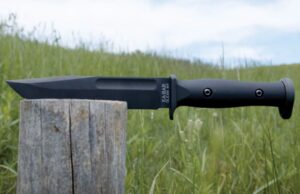
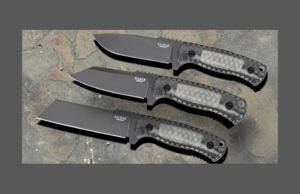
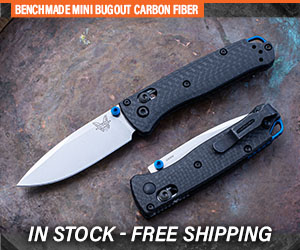
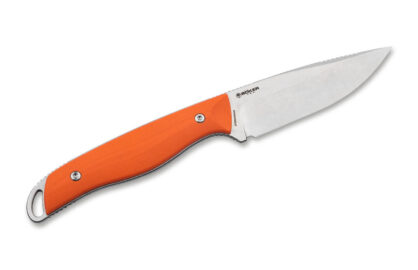




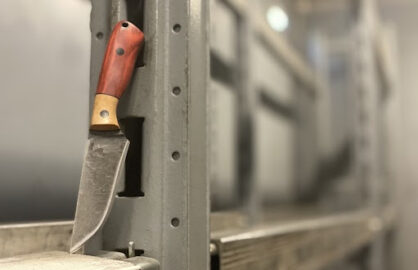

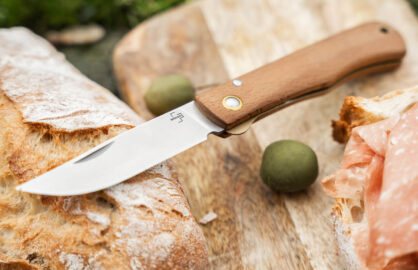
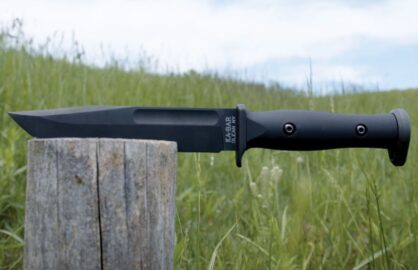
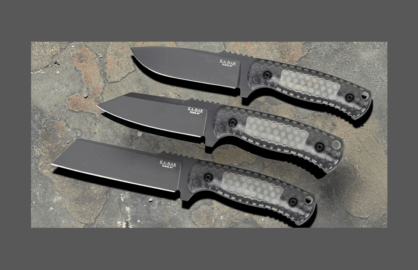

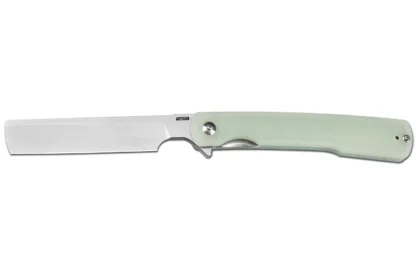



0 comments